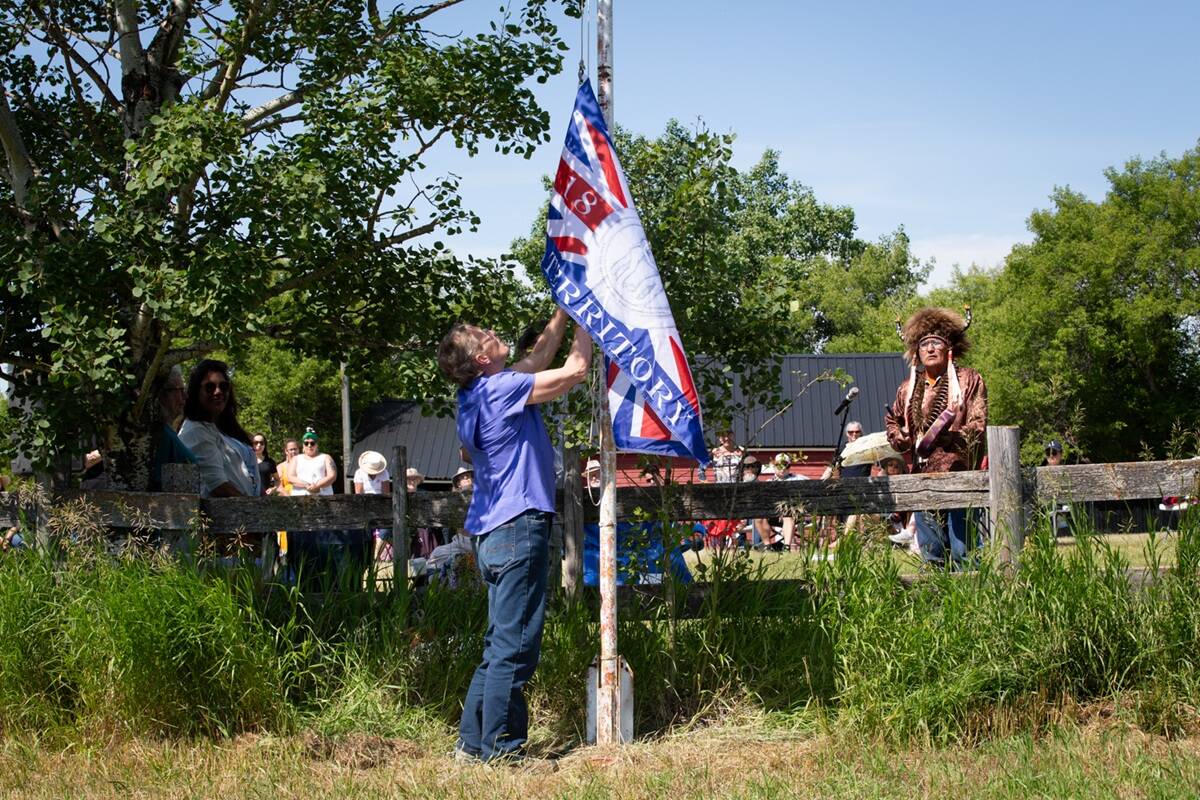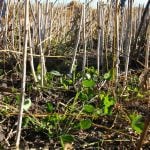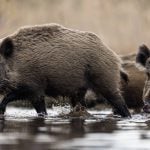Broken needle fragments are fortunately rare, but they are reported every couple of years and cause considerable concern to the next customers in the food chain. Nobody wants to sell a beef product with a broken needle in it, much less bite into one, so here are some practices that wiil help you remain aware that it can happen, and help you prevent it from happening as much as possible.
Verified Beef Production procedures help avoid broken needles
Some producers or feedlot operators may go a lifetime without breaking a needle in an animal, or suspecting that they have. Because food safety programs by their very nature “anticipate” these kinds of accidents, the VBP program has developed some procedures to help avoid this type of incident.
Read Also

Treaty Land Sharing Network expands reach in Saskatchewan and Alberta
The Treaty Land Sharing Network, which connects land holders with First Nations and Metis people, has expanded since it began in 2018
When injecting cattle securely restrain the animal to lessen the potential for sudden movements that can bend or break needles.
Discard dull or burred needles and don’t try to straighten bent ones so they can be reused. Put simply, use only sharp needles. Following this one simple rule will go a long way to eliminating potential situations where needle fragments are broken off and left in the hide or muscle. Visually inspect needles after you use them to make sure they are still in one piece and still connected securely to the syringe.
Make sure the syringes and other equipment you are using are in good working order so they can deliver the intended amount of product.
Use needles of appropriate length and gauge to handle the viscosity of the product and the route of injection. This, too, helps reduce rough handling and the potential for bent or broken needles. Discard used needles into a sharps container in a manner that doesn’t present a risk to yourself, other people, the cattle or other animals.
Check your processing/treating records to make sure all drug withdrawals have been observed, and cattle suspected of harboring broken needles identifed before cattle are shipped to slaughter.
If something goes wrong:
If a needle is broken, identify the animal as a suspect and record the incident on a permanent record. A sample record is provided in the VBP Producer Manual which is found at www.qualitystartshere.org. If the animal is being sold, the next owner must be informed of the broken needle and given the identification of the suspected animal. Record who was informed, and the date. Alternatively the animal may be euthanized or slaughtered for your own use. Ask your veterinarian about what action you should take.
Detectable needles and neck injections are recommended
The cattle industry has funded considerable research into alternatives to needles for treatming animals such as oral vaccines and low-pressure needleless systems. Until these alternatives become more widely available, the following techniques are strongly recommended.
1. Give all injectable products in the neck, using the subcutaneous (sub-Q) method with products cleared for this form of application. This information ise found on the product label. Needle fragments accidentally left under the hide in the neck will be in lower value cuts that would probably be ground into hamburger and thus have more chance of being visually detected at the plant.
2. Use “detectable” needles — there are two brands available on the market now.
Ask for them. These products are available through veterinary clinics and agriculture supply stores. If they’re not on hand, order them for future use. Detectable needles are now comparably priced with regular needles, and stay sharper longer.
Features of the Ideal D3 from Neogen
Available in 18 gauge — 5 /8″ to 11 /2″, and 16 gauge — 3 /4″ to 11 /2″.
The gauge followed by the letter D is stamped into the brass hub of each needle.
D3 needles are packed in colour-coded cartridges.
For more information call 1-859-254-1221.
Features of the HDN (Highly Detectable Needle) formerly Rivard Instruments
HDN needle are available in 20, 18, and 16 gauge — 3 / 8″ up to 11/2″ in length.
Also available from Rivard: DTN (Detectable Tough Needle) available in 16, 18, and 14 gauge in 1″ and 11 /2″ lengths.
HDDI (Heavy Duty Detectable Injector), a 14, 16 or 18 gauge heavy duty needle that comes with a steel/brass hub.
For more information contact Neogen Corp, www.neogen.com;email: [email protected],or call 1-800-621-8829.















